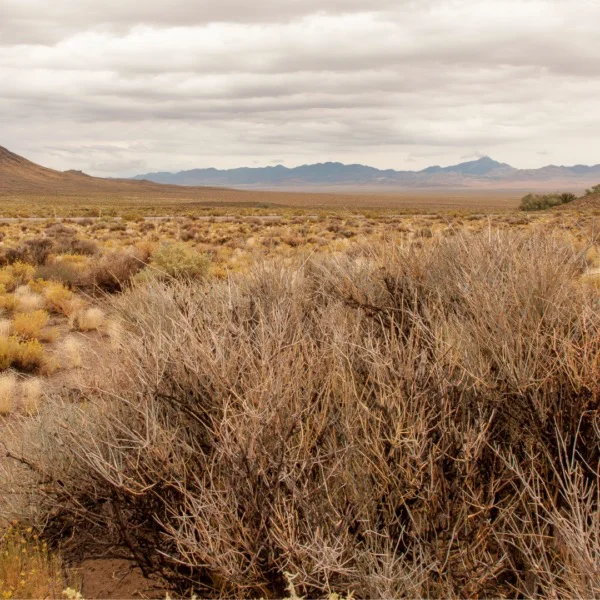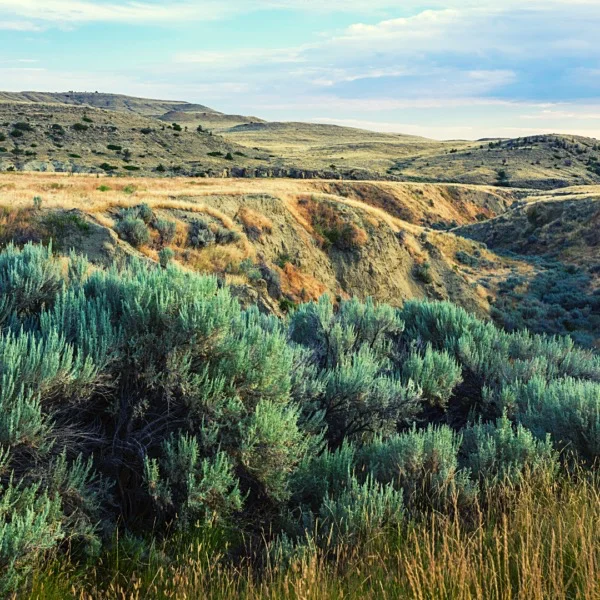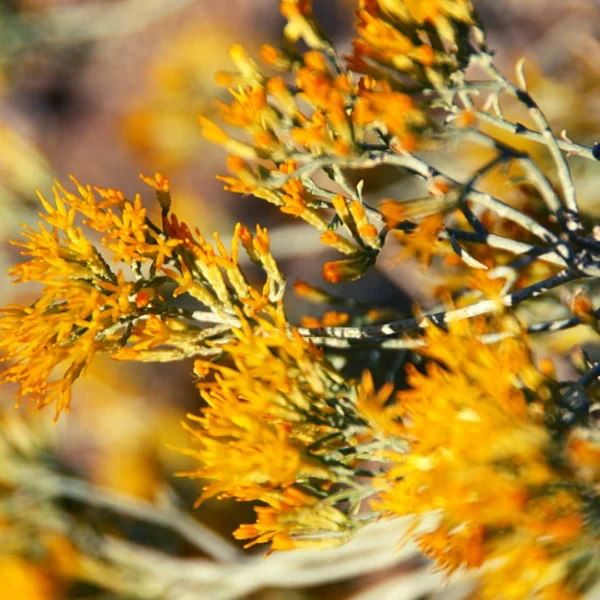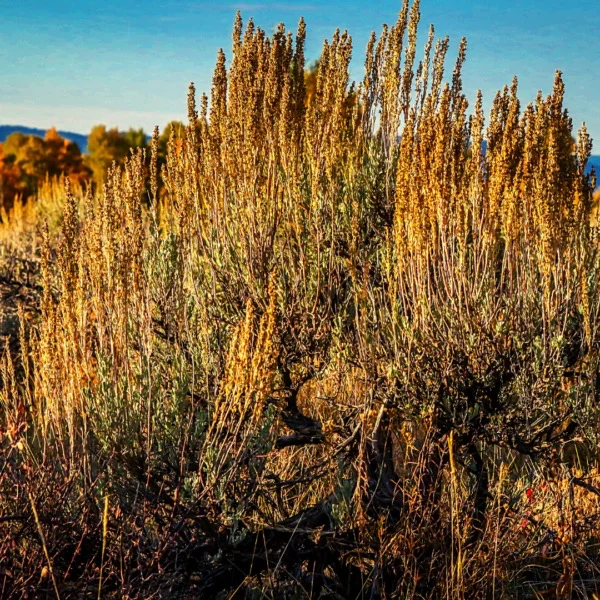Columbia River: Cliff Swallows
One way to tell that spring has sprung in the Tri-Cities and the Hanford Reach is that the Cliff Swallows have returned from their winter homes in South America. Watch for these graceful fliers near the river, swooping through the air as they catch insects. In the springtime, you’re likely to spot them by water but also near a cliff or human-made structure where they’ll be making their nests. They carry mud in their beaks from the river’s edge or puddles, about a thousand blobs, to construct the rounded nest, usually where the wall meets the overhang of a roof. Many can be seen nesting on the White Bluffs of the Columbia River.
The location and architecture of the REACH Museum make it an ideal place for cliff swallows to nest, and each spring there are a few birds that give it a try on our patio. But the spring is also our busiest season for students on field trips and other visitors, and that makes it the worst place to raise tiny, helpless chicks! Cliff Swallows like to nest in colonies, which means many of them will make nests right next to each other in a small space. Each nest may hold up to six hungry chicks, and the parents will have to bring them food constantly throughout the day. The parents keep the nest clean by picking up the broken eggshells and chicks’ droppings and tossing them out of the hole. Imagine the mess!
As much as we would enjoy watching the nests and having swallows hunt flying insects near the museum, we need to discourage them from nesting on our building. Once a nest is finished and contains eggs, we are not allowed to harass the birds or destroy nests because they are a protected species. Our facilities staff has learned that the best way to prevent them from nesting is to avoid providing mud, so we don’t turn on the sprinklers until later in the season.
If you’re taking a walk by the river this spring, watch for Cliff Swallows and listen for their squeaky calls. They’re about the size of a sparrow and have short wings and squared tails. They are dark-colored on the back, wings, tail, throat, and top of the head, white on the belly, and rusty-colored on the rump and sides of the head. Observe their behavior: are they catching insects in flight? Scooping up mud from the ground? Where are they taking the mud? Can you see where they are building their nests? Or are they bringing insects to the nest for their chicks?
Integrated Environmental and Sustainability Education Learning Standards
Standard 1: Students develop knowledge of the interconnections and interdependency of ecological, social, and economic systems. They demonstrate understanding of how the health of these systems determines the sustainability of natural and human communities at local, regional, national, tribal, and global levels
NGSS
K-LS 1-1: Use observations to describe patterns of what plants and animals (including humans) need to survive
K-ESS 2-1: Use and share observations of local weather conditions to describe patterns over time
K-ESS 3-1: Use a model to represent the relationship between the needs of different plants and animals (including humans) and the places they live
1-LS 1-2: Read texts and use media to determine patterns in behavior of parents and offspring that help offspring survive
2-LS 4-1: Make observations of plants and animals to compare the diversity of life in different habitats
3-LS 2-2: Construct an argument that some animals form groups that help members survive
3-LS 3-2: Use evidence to support the explanation that traits can be influenced by the environment
3-LS 4-2: Use evidence to construct an explanation for how the variations in characteristics among individuals of the same species may provide advantages in surviving, finding mates, and reproducing
4-LS 1-1: Construct an argument that plants and animals have internal and external structures that function to support survival, growth, behavior, and reproduction
4-ESS 3-2: Generate and compare multiple solutions to reduce the impacts of natural Earth processes on humans
K-2-ETS 1-2: Develop a simple sketch, drawing, or physical model to illustrate how the shape of an object helps it function as needed to solve a given problem.
3-5-ETS 1-2: Generate and compare multiple possible solutions to a problem based on how well each is likely to meet the criteria and constraints of the problem.
Social Studies
G2.1.3 Identify human events and human-made features.
G2.1.4 Identify natural events or physical features.
G2.2.2 Explain ways people depend on, adapt to, and modify the environment to meet basic needs.
G2.2.4 Distinguish human activities and human-made features from natural events or physical features.
G2.2.5 Recognize ways people depend on, adapt to, and modify the environment to meet basic needs.
G2.3.1 Explain how the environment affects cultural groups and how groups affect the environment.
Common Core Mathematics
CCSS.MATH.CONTENT.K.G.B.5
Model shapes in the world by building shapes from components (e.g., sticks and clay balls) and drawing shapes.
